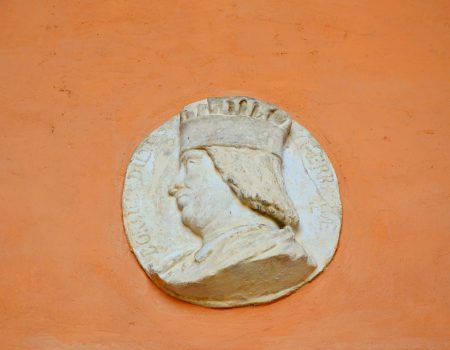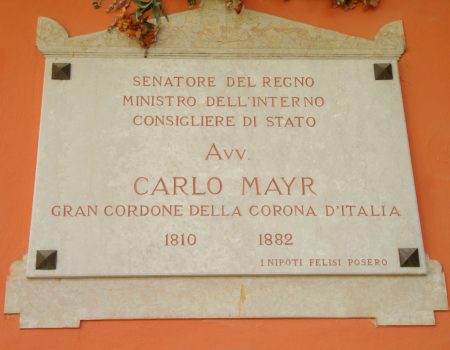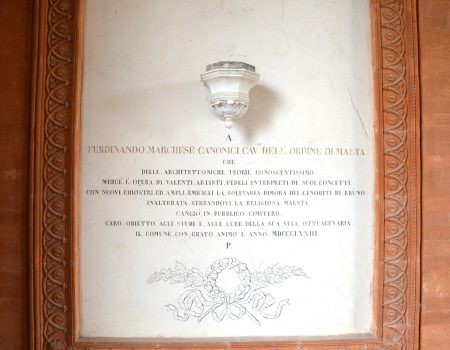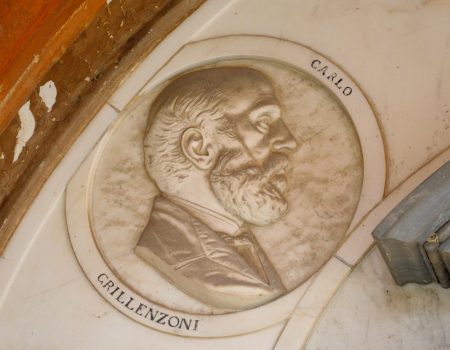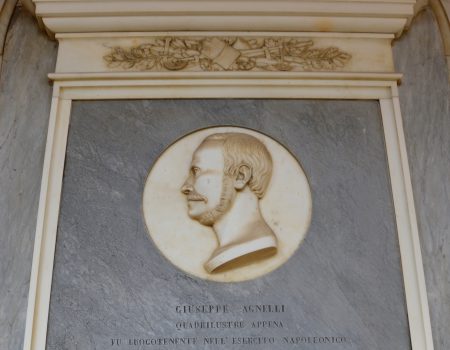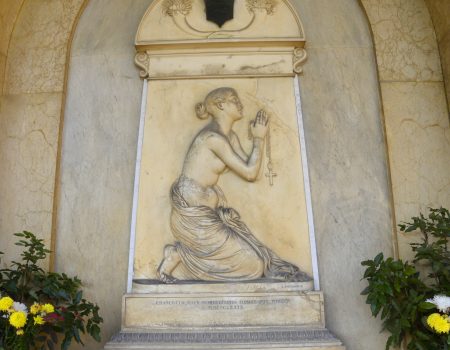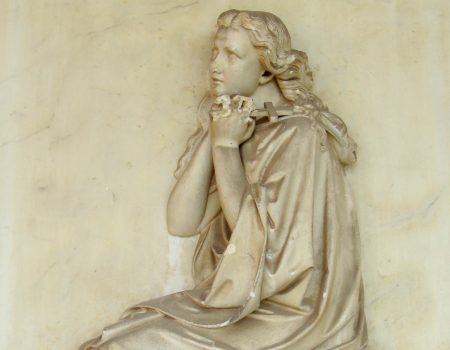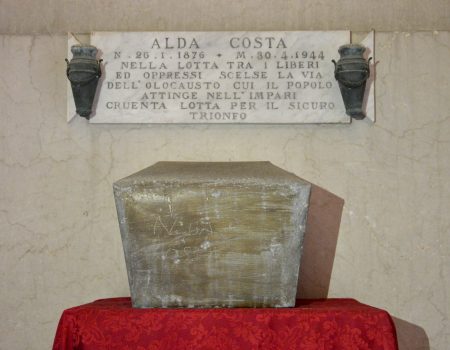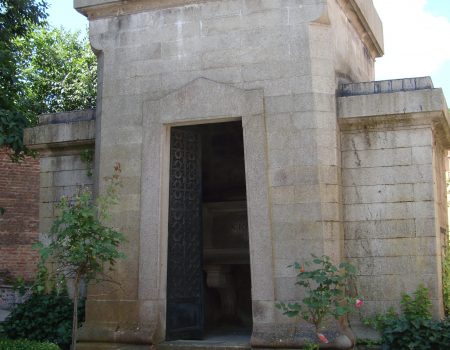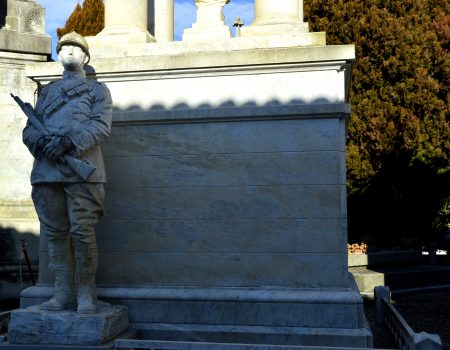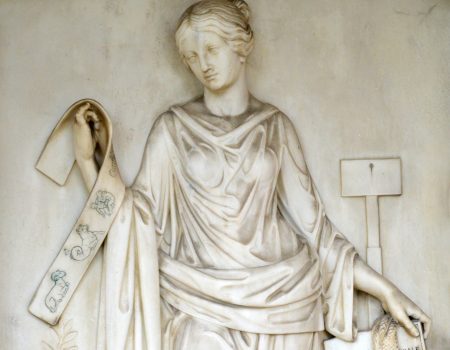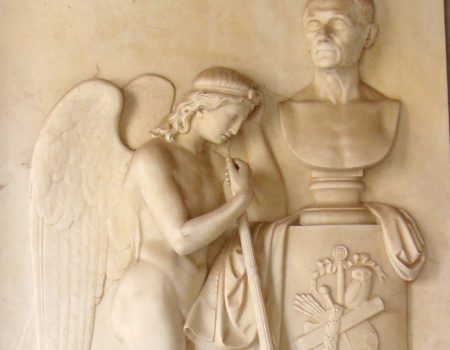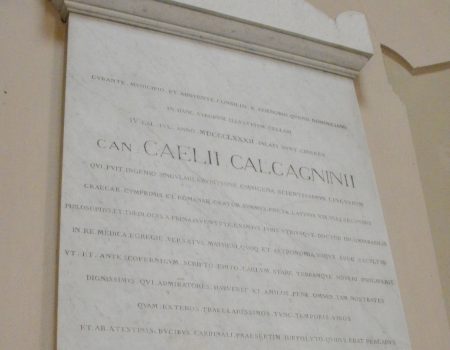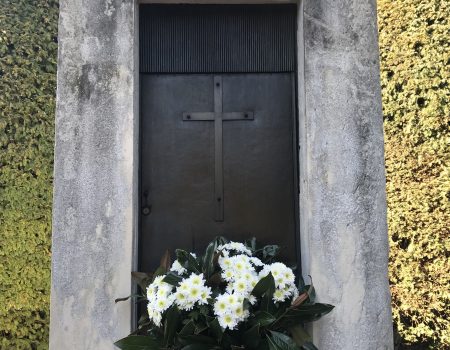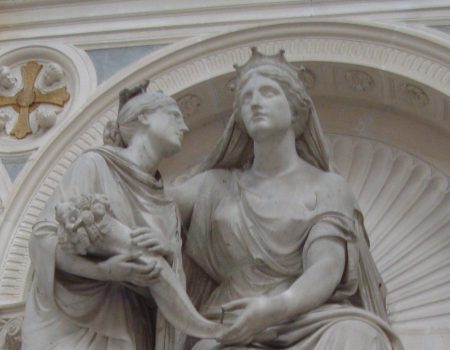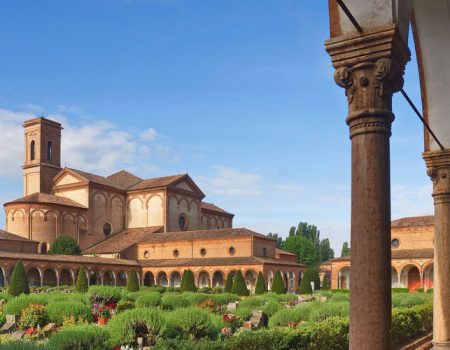Ferrara, whose historic centre is now recognised as a UNESCO World Heritage Site, belongs both to those who built it, and those who have preserved it. The blue pathway that we propose here is dedicated to both of these categories of people who have contributed to the city’s identity.
You’ll learn everything there is to know through people who have protected the city’s heritage over time, thanks to their historical awareness and scholarly passion. Historiographers, document curators, and archivists: from bibliographer Giuseppe Agnelli, who is credited with cataloguing the ancient section of the Ariostea Library, to historian Giulio Righini, and rationalist engineer Girolamo Savonuzzi, who, together with his brother Carlo, changed the face of the city itself.
You’ll have the opportunity to learn about the special men and women whose exemplary life stories are an intricate part of Ferrara’s history. Examples include the political and journalistic efforts of Carlo and Francesco Mayr; the Navarra Brothers’ essential contribution to the development of modern agronomy; the courage of Alda Costa, an elementary school teacher who was ardently opposed to fascism; and the intellectual works of Vittorio Cini, who dedicated an important cultural foundation to his son Giorgio.
Delving even further into the past, there’s the humanist poet Celio Calcagnini, an authority at the court of the Este family. Not to mention the men who made this journey possible: Duke Borso d’Este, who wanted to be solemnly entombed within the Charterhouse itself, and Ferdinando Canonici, the mind behind the monastery’s transformation into the monumental cemetery of today.





